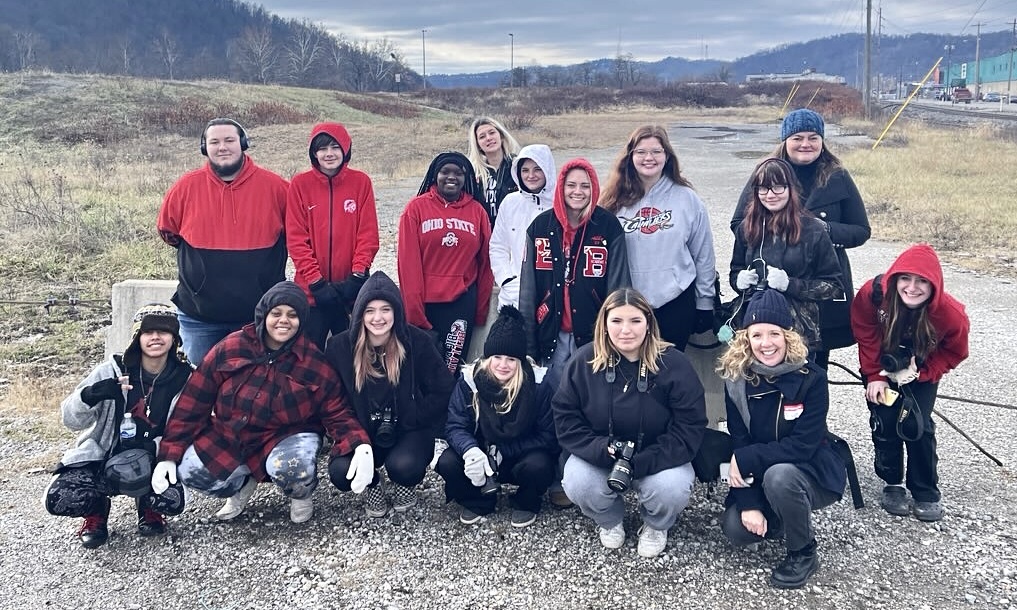She is also an educator and artist-in-residence through the Ohio Arts Council, teaching photography in high schools in the Rust Belt of Appalachian Ohio.
In collaboration with Bellaire High School art teacher Megan Ritchea, Kiger initiated a photography program, supported by the Center for Contemporary Documentation, to educate students about environmental issues in their own community by meeting and photographing activists, scientists, journalists, and everyday citizens. Their stories were exhibited in the community in May 2023.
As a photojournalist, Rebecca is a regular contributor to TIME, The New York Times, The Washington Post, NPR, and VOX, among other publications.











